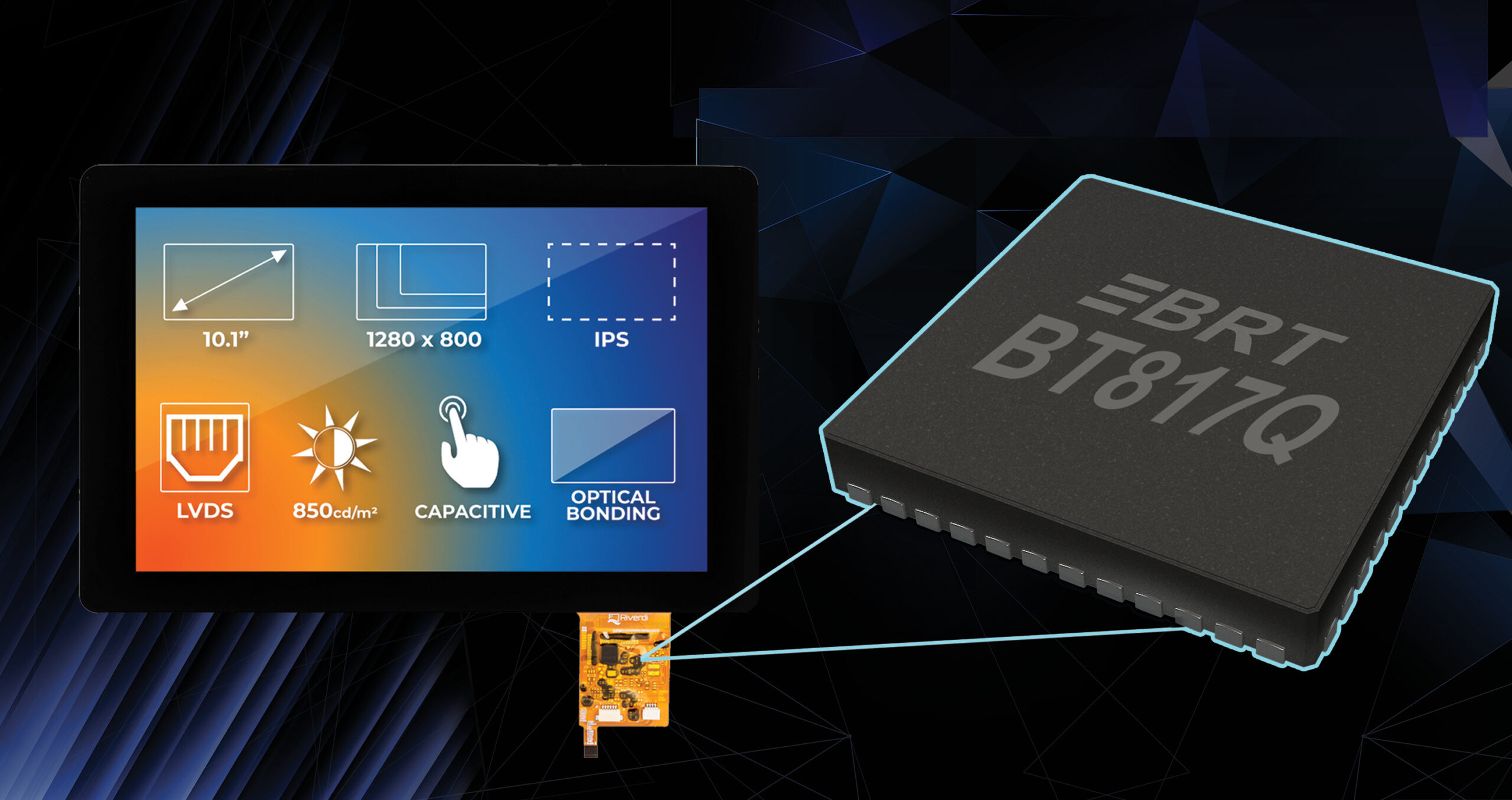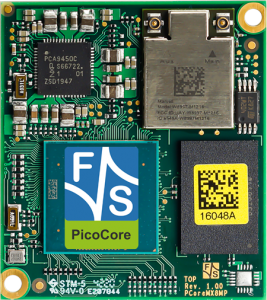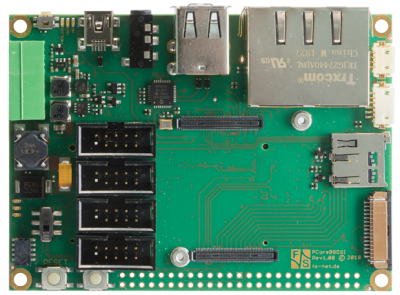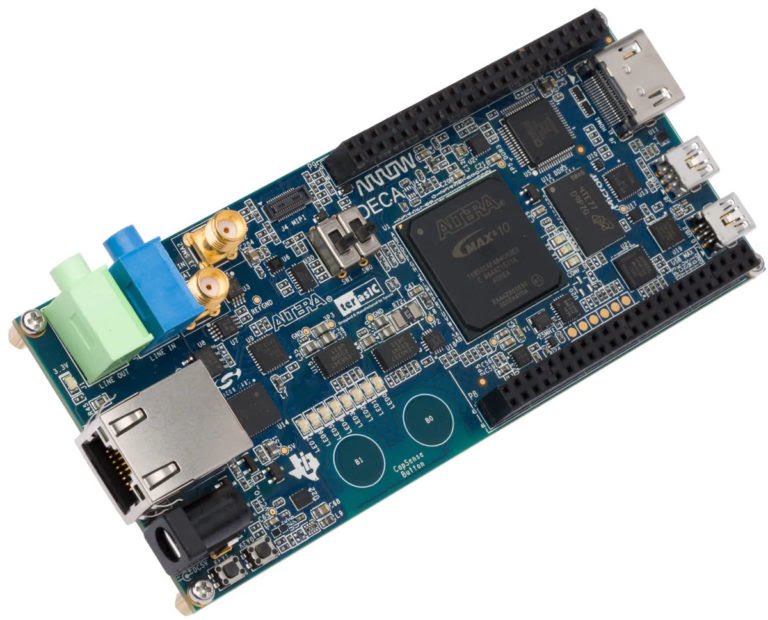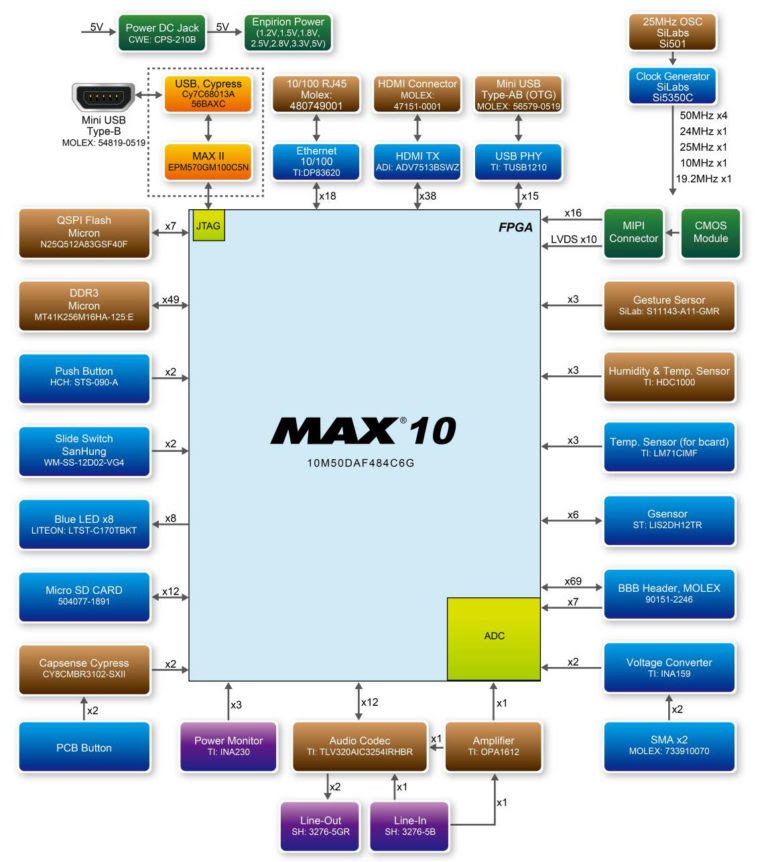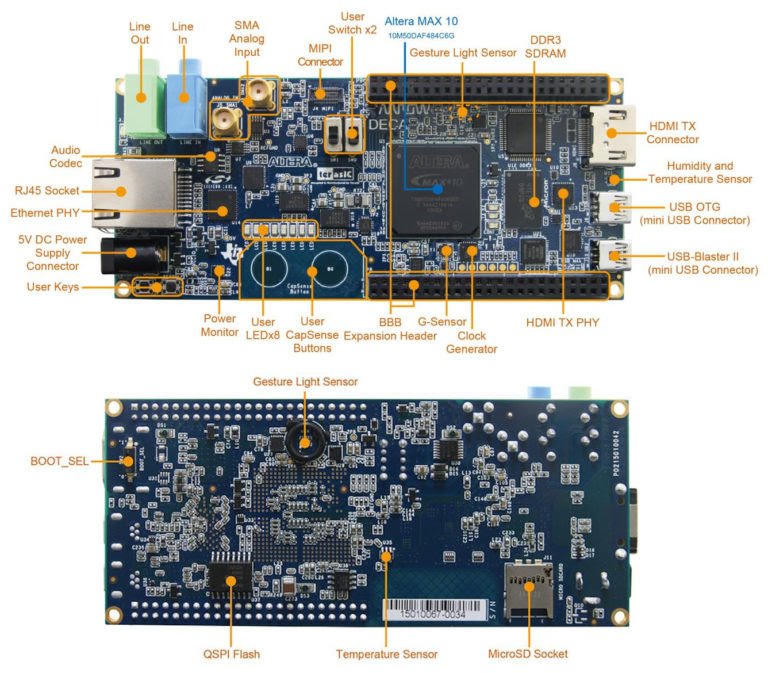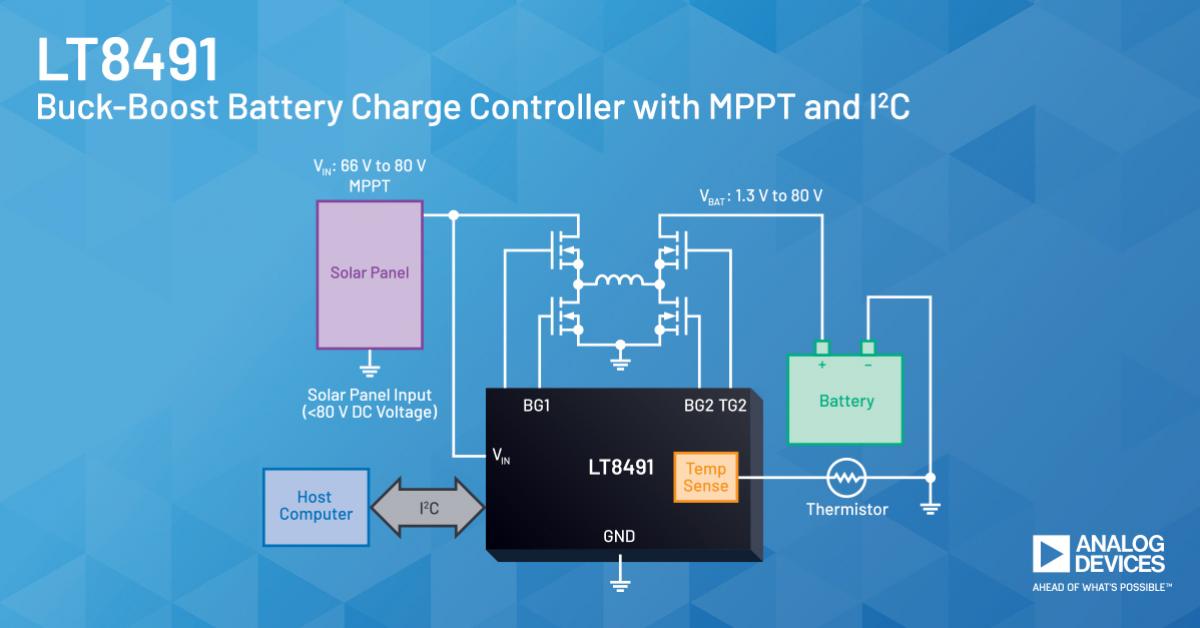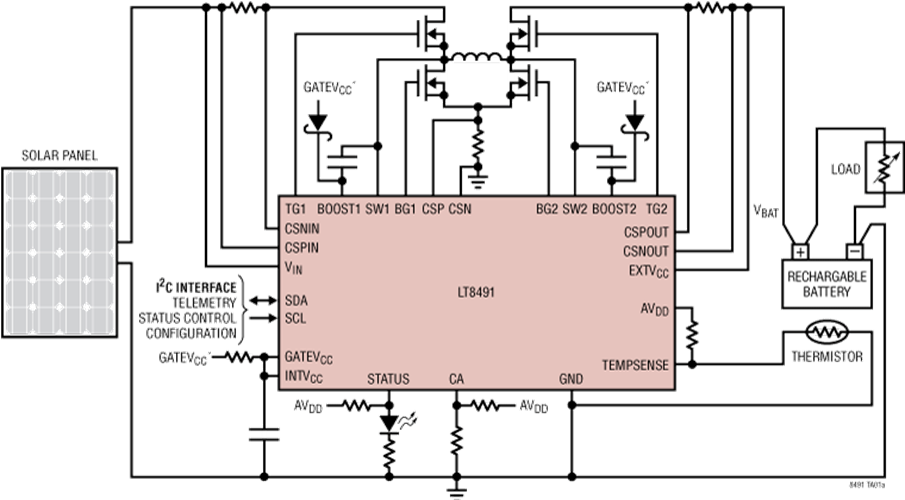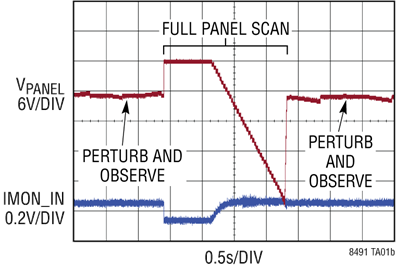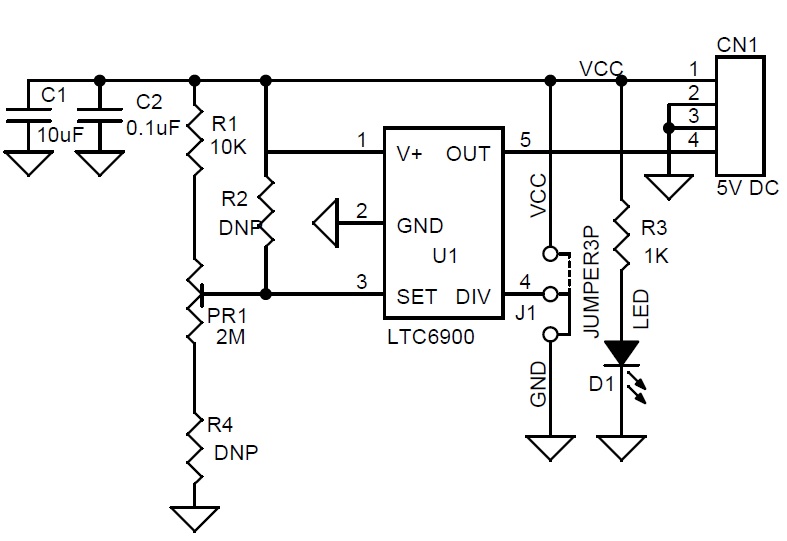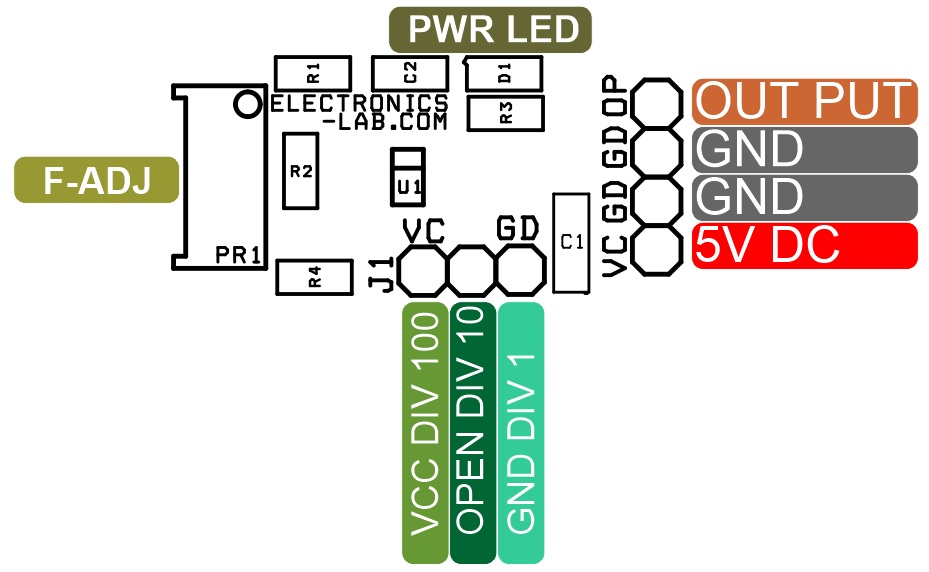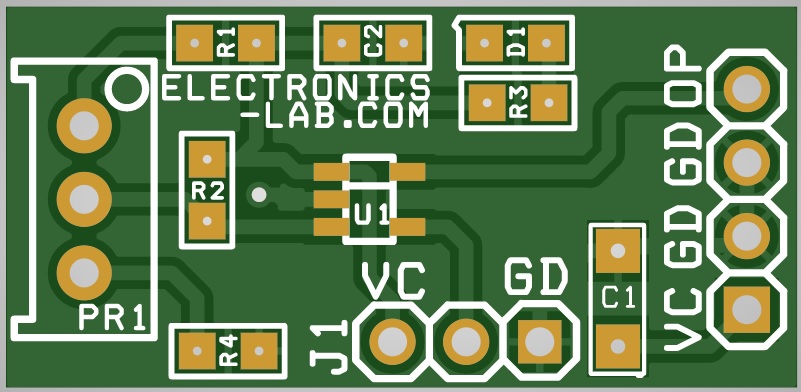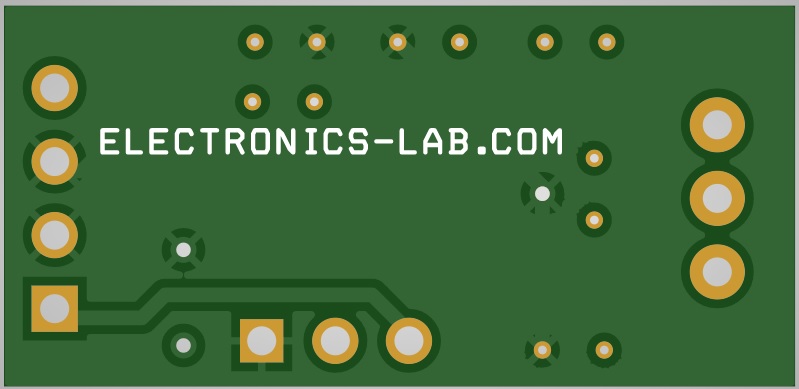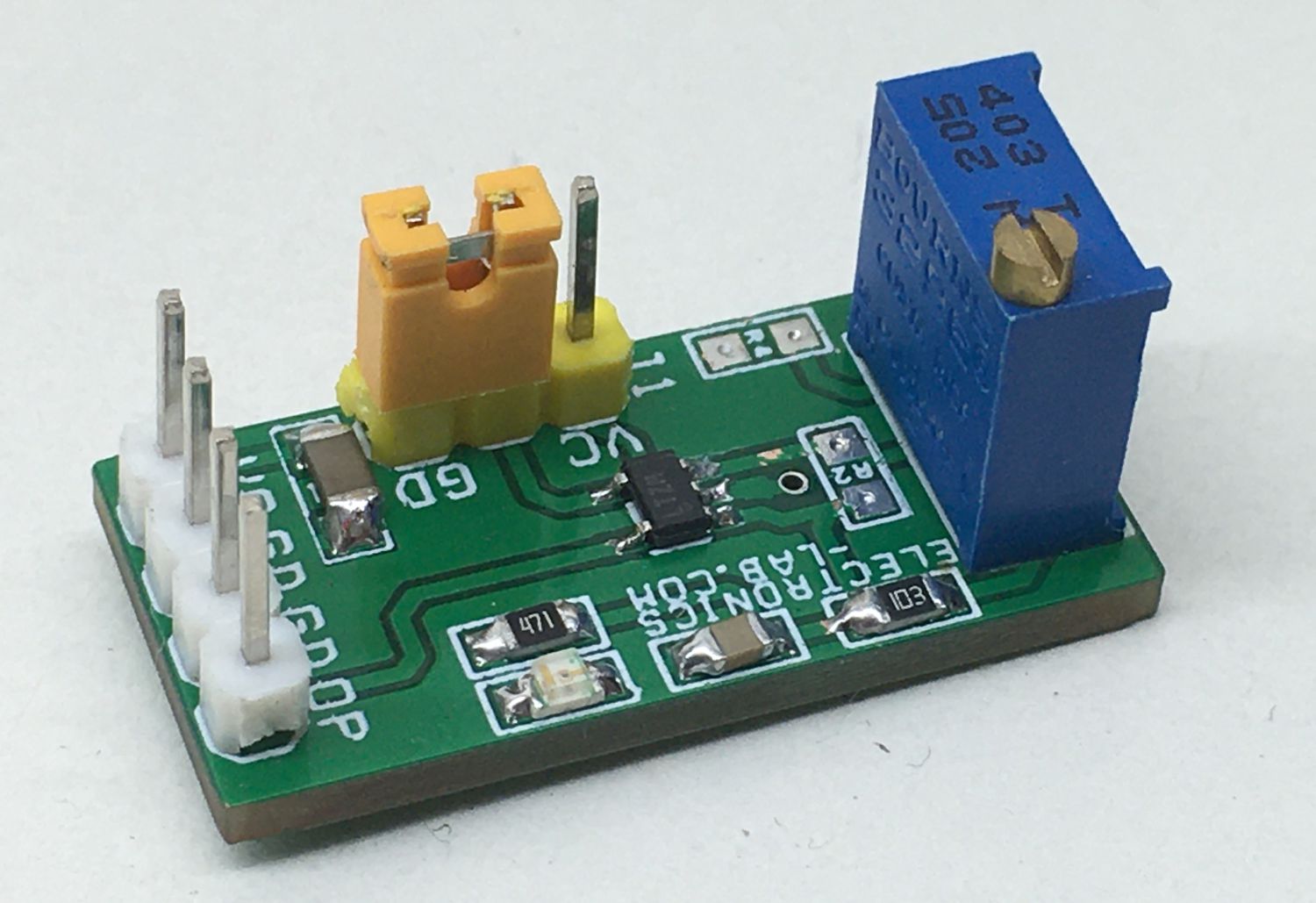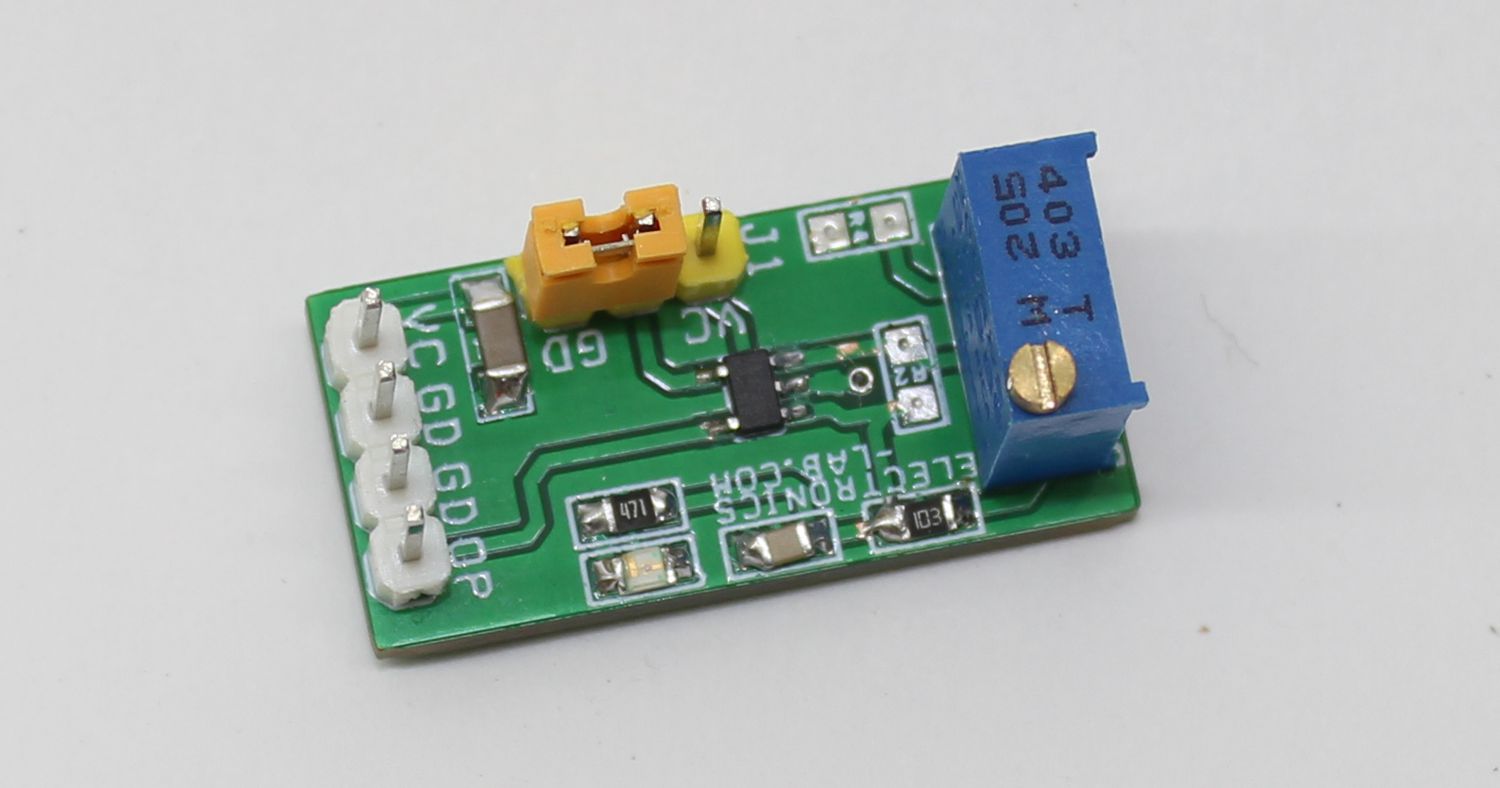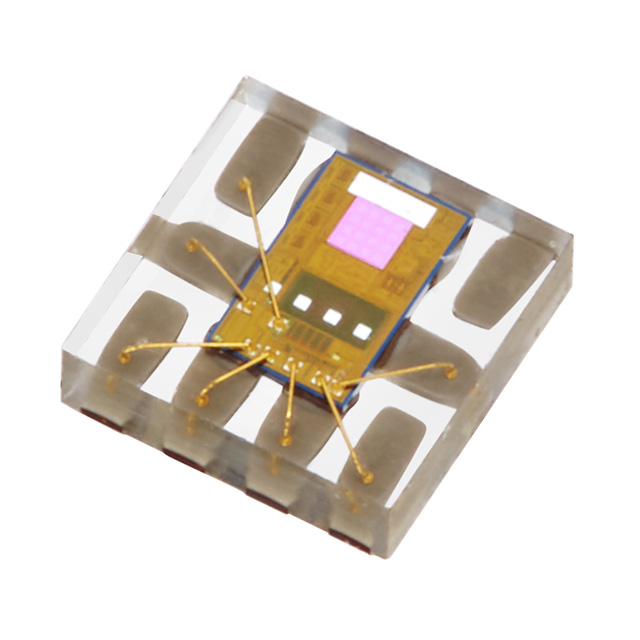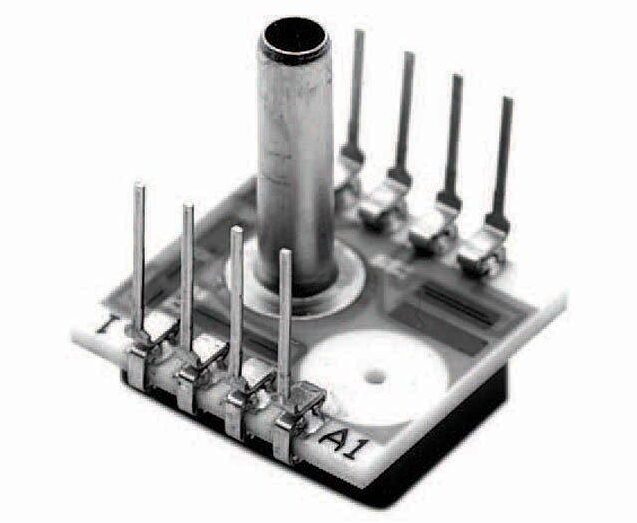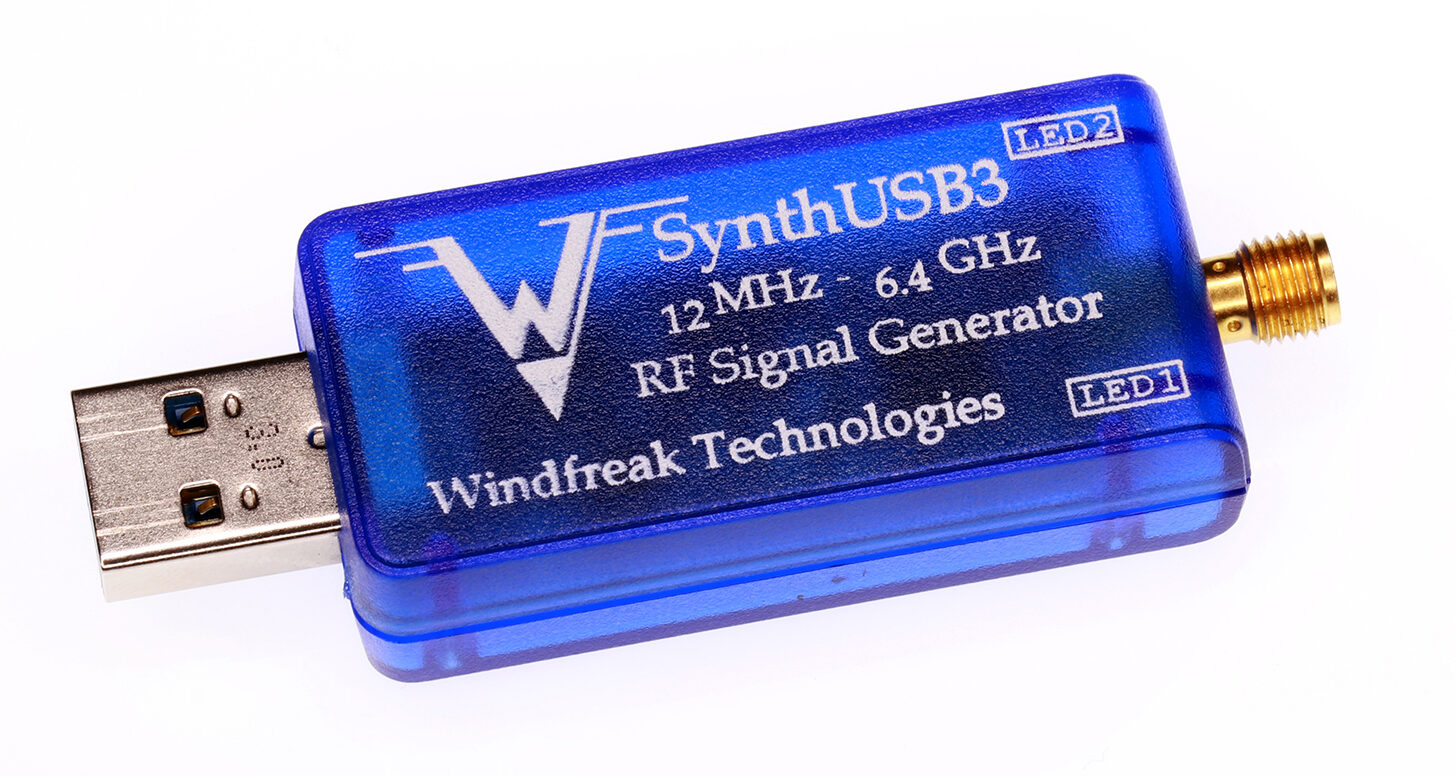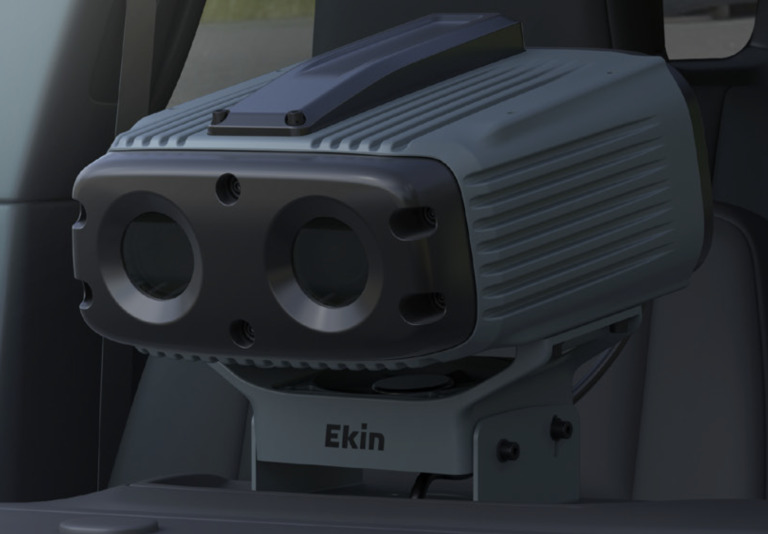Bridgetek has gained a high-profile endorsement for its latest generation of embedded video engine (EVE) graphic controllers. Relying on the recently announced BT817 EVE4 devices, leading optoelectronics manufacturer Riverdi has introduced a new family of displays. These industrial-grade units are targeted at challenging higher-end applications but are positioned at attractive price points that are in line with commercial level products.
Thanks to the heightened degrees of precision associated with the BT817 ICs, the new Riverdi displays are able to benefit from 1280×800 pixel resolution. Treating the rendered content as a series of objects reduces the data overheads involved dramatically. This translates into a more streamlined solution, with a substantially lower component count plus accelerated responsiveness.
“By engaging with Bridgetek, we have been able to develop a display family that sets new benchmarks. The ultra-integrated EVE4 solution means that quicker reaction times and superior resolution levels are possible, while still saving valuable board space and keeping power budgets down,” states Kamil Kozłowski, CTO at Riverdi. “Consequently, we have decided to take a platform approach and apply it across the whole family, from the smaller units all the way up to the largest formats,”
“It is clear that the user experiences which people are familiar with from interacting with consumer goods have set elevated expectations for HMIs in other areas too,” adds Bridgetek’s founder and CEO Fred Dart. “Higher resolution displays with faster responsiveness are now mandated in a wide array of different sectors. This is why the value of our BT817 and BT818 is becoming so apparent to OEMs, giving them the opportunity to meet their customers’ requirements without needing complex expensive subsystems that take up board real estate or draw excessive power.”
The EVE-based Riverdi displays are available in a wide range of different size formats, spanning from 3.5-inch all the way through 4.3-inch, 5.0-inch, and 7.0-inch to 10.1-inch. Use of in-plane switching (IPS) technology results in a brighter output (delivering up to 1000cd/m2). It also means that these units have enhanced color rendering and much wider viewing angle capabilities. Optical bonding is incorporated into the display assemblies as standard, even for single pieces – thereby preventing condensation, mitigating internal reflections, and boosting optical performance, as well as delivering far greater durability. The projected capacitive touchscreens featured in these displays allow touch interaction through the protective glass that is as much as 15mm thick and also enables gloved operation to be supported.
Assisted by innovative Bridgetek engineering, the new Riverdi displays are optimized for addressing the most demanding tasks. They will be implemented into medical diagnostic instrumentation, home healthcare monitoring equipment, electric vehicle charging infrastructure, industrial automation systems, vending machines, etc. Exceptionally strong electro-magnetic interference (EMI) and electro-static discharge (ESD) immunity characteristics are exhibited, along with a working temperature range covering -20°C to +70°C.
For more information go to www.brtchip.com


